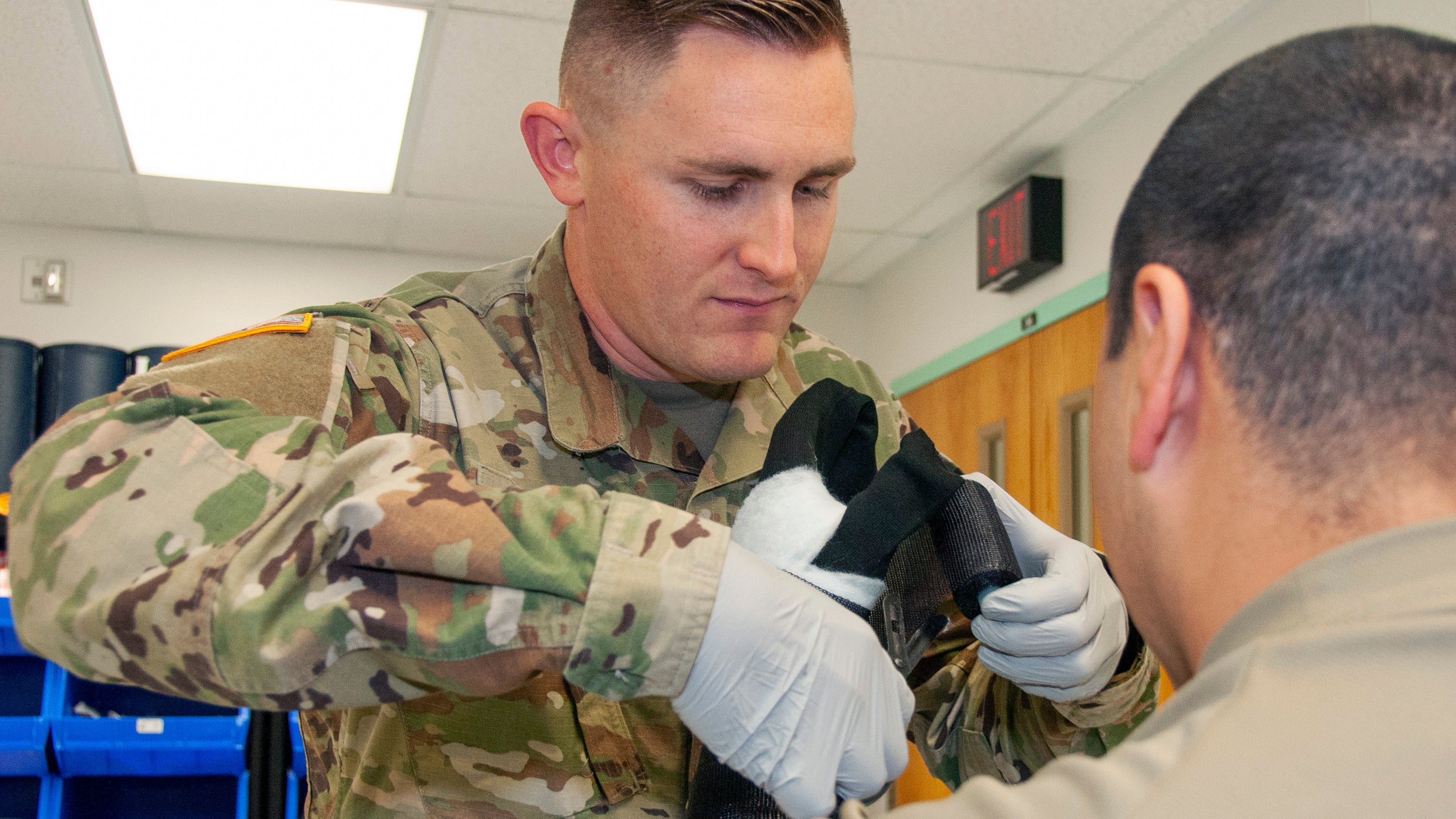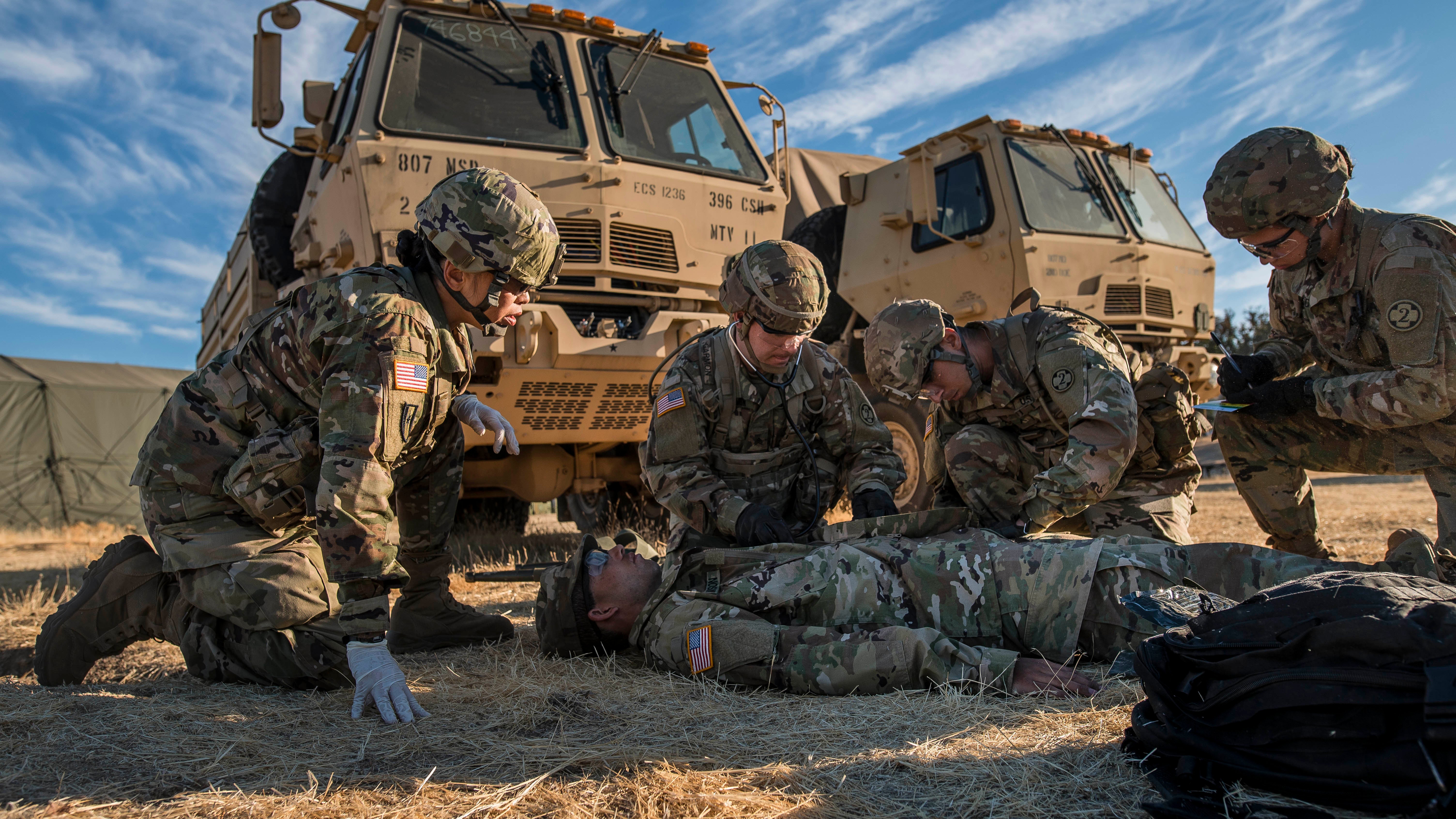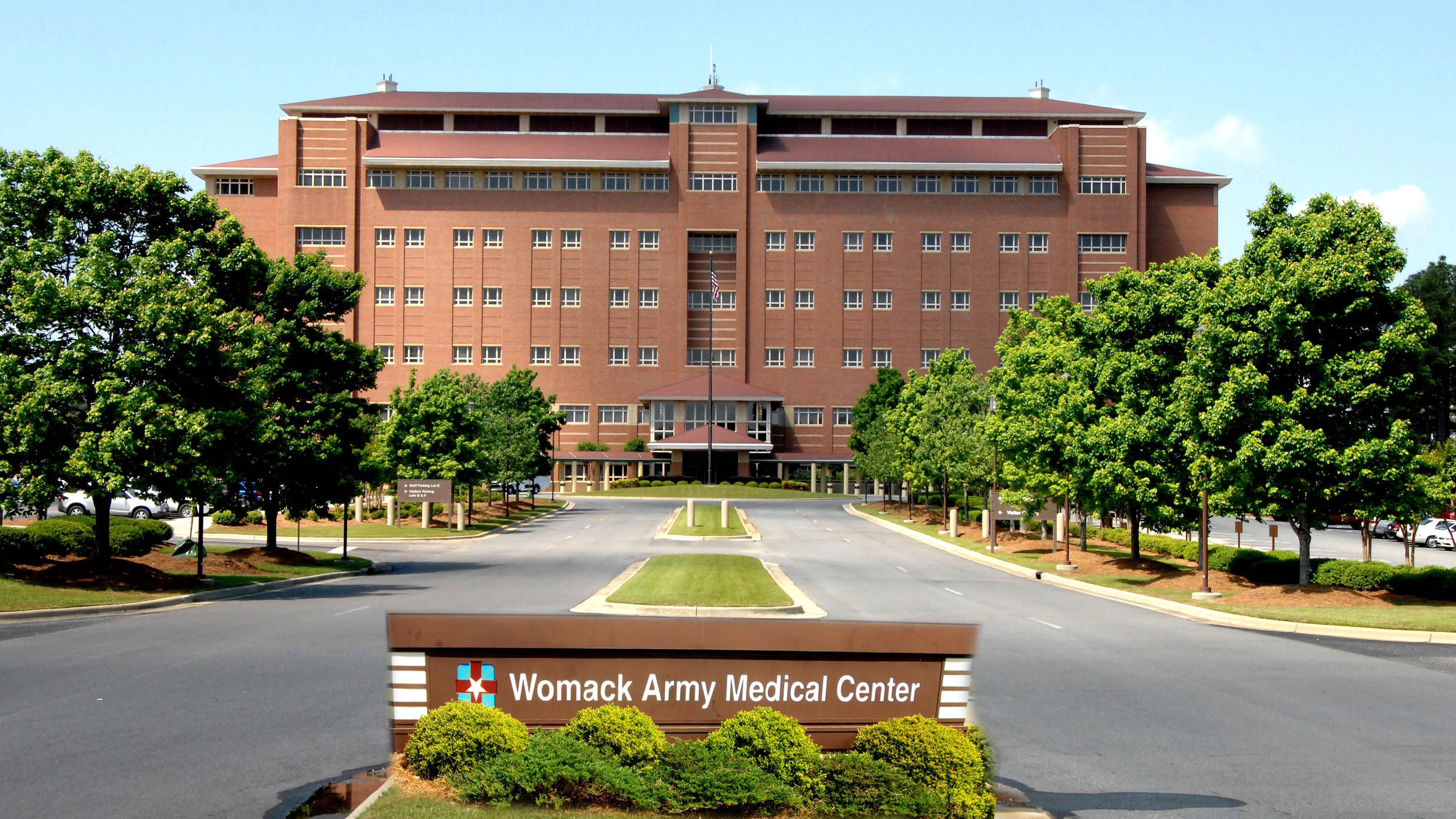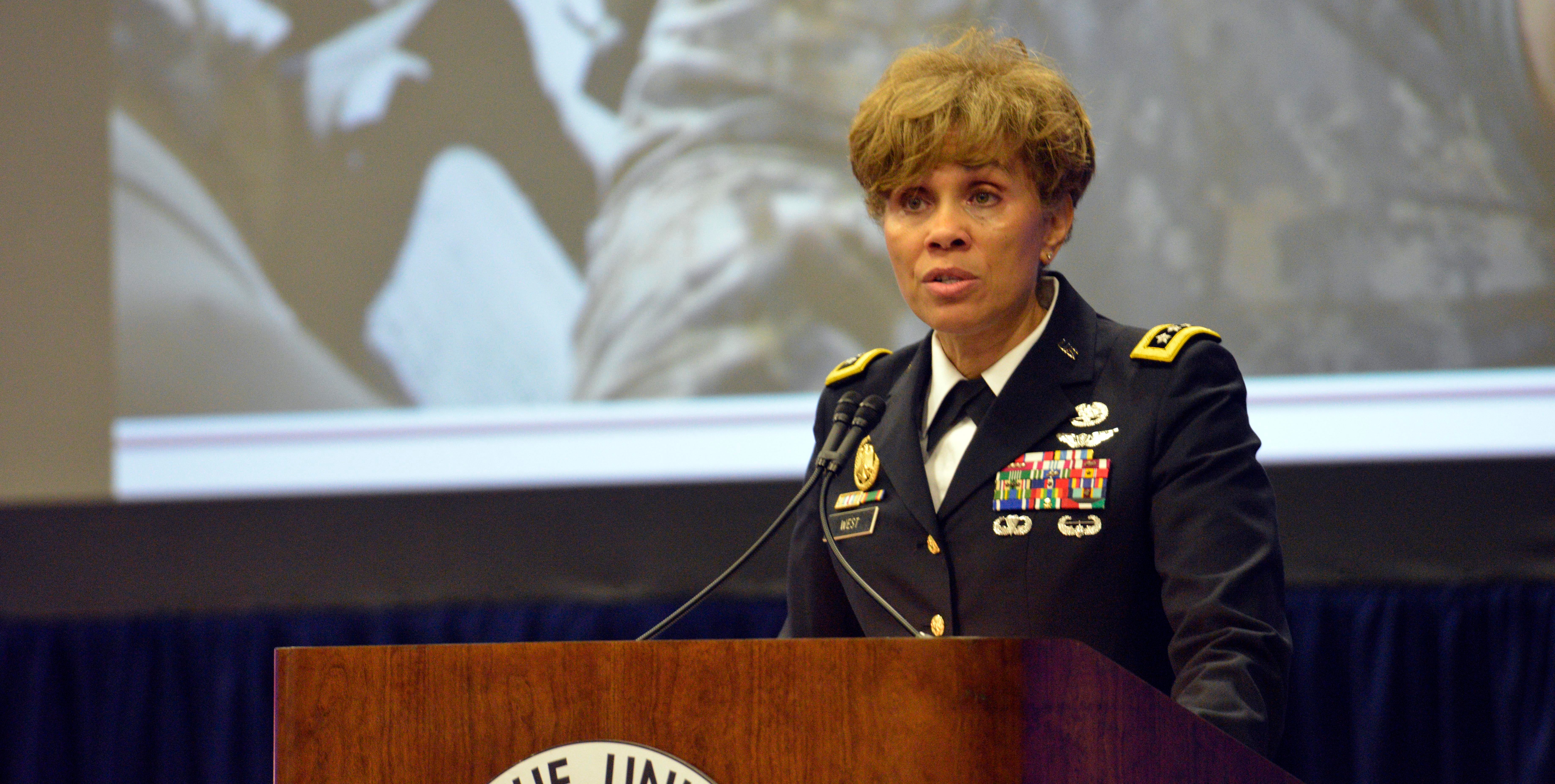New Retirement System: A Good Deal Missed?
Some soldiers may be sorry down the road for not signing up for the Blended Retirement System during the opt-in period that ended Dec.
Articles from ARMY Magazine, Headline News, and AUSA News on medical treatment of U.S. Soldiers
Some soldiers may be sorry down the road for not signing up for the Blended Retirement System during the opt-in period that ended Dec.

Almost 18,000 uniformed health care jobs—including those of doctors, dentists, nurses, medics and administrative staff—could be cut from across the services because of reductions proposed in the Defense Health Program portion of the Pentagon’s fiscal 2020 budget request.
How this might affect the Army is not yet fully known.
“This is an area we’ve been working on very closely with the services,” Navy Vice Adm. Raquel Bono, director of the Defense Health Agency, told the Senate Appropriations Committee’s defense subcommittee on April 3.

One of the biggest challenges facing military medicine is finding enough doctors and other health care professionals to serve during a major conflict, the nominee to head the Military Healthcare System says.
Thomas McCaffery, a California health services professional who has been acting assistant defense secretary for health affairs, has 25 years of experience, most recently as an executive with Blue Shield of California, a health plan with 4 million members. The military health system is even bigger, with 9.4 million beneficiaries and a $50 billion annual budget.

Starting in October, the Defense Health Agency will begin assuming responsibility for health care delivery by military hospitals and clinics.
Army Surgeon General Lt. Gen. Nadja Y. West said this is part of a management change that will make DoD—not the services—responsible for business operations across the military health care system, including health care administration and management, administrative policies and procedures, and military medical construction.

The Army has made great progress in improving soldier health and readiness, but 17 percent of the force is considered obese, 14 percent has been diagnosed with a sleep disorder and 24 percent has a behavioral health disorder.
Clearly, there is room for continued improvement, panelists said during a discussion about the health of the force during the Army Medical Symposium and Exposition hosted in San Antonio by the Association of the U.S. Army’s Institute of Land Warfare.
Throughout history there have been numerous medical advances on the battlefield.

Lt. Gen. Nadja Y. West, Army surgeon general and Army Medical Command commanding general, said her 30 months so far as the Army’s top medical officer have been a time of big changes and more changes are ahead.
“Our future is bright, and we are positioned to become even more brilliant,” West said. “We will challenge and change the status quo.”

Technology has advanced combat trauma care, but the skills of medics, nurses and surgeons will continue to have the greatest impact on prolonged battlefield care, said Lt. Gen. Nadja Y. West, surgeon general of the Army and commander of the U.S. Army Medical Command.
Lt. Gen. Nadja Y. West, the 44th Army surgeon general and the U.S.